Alençon to Sées
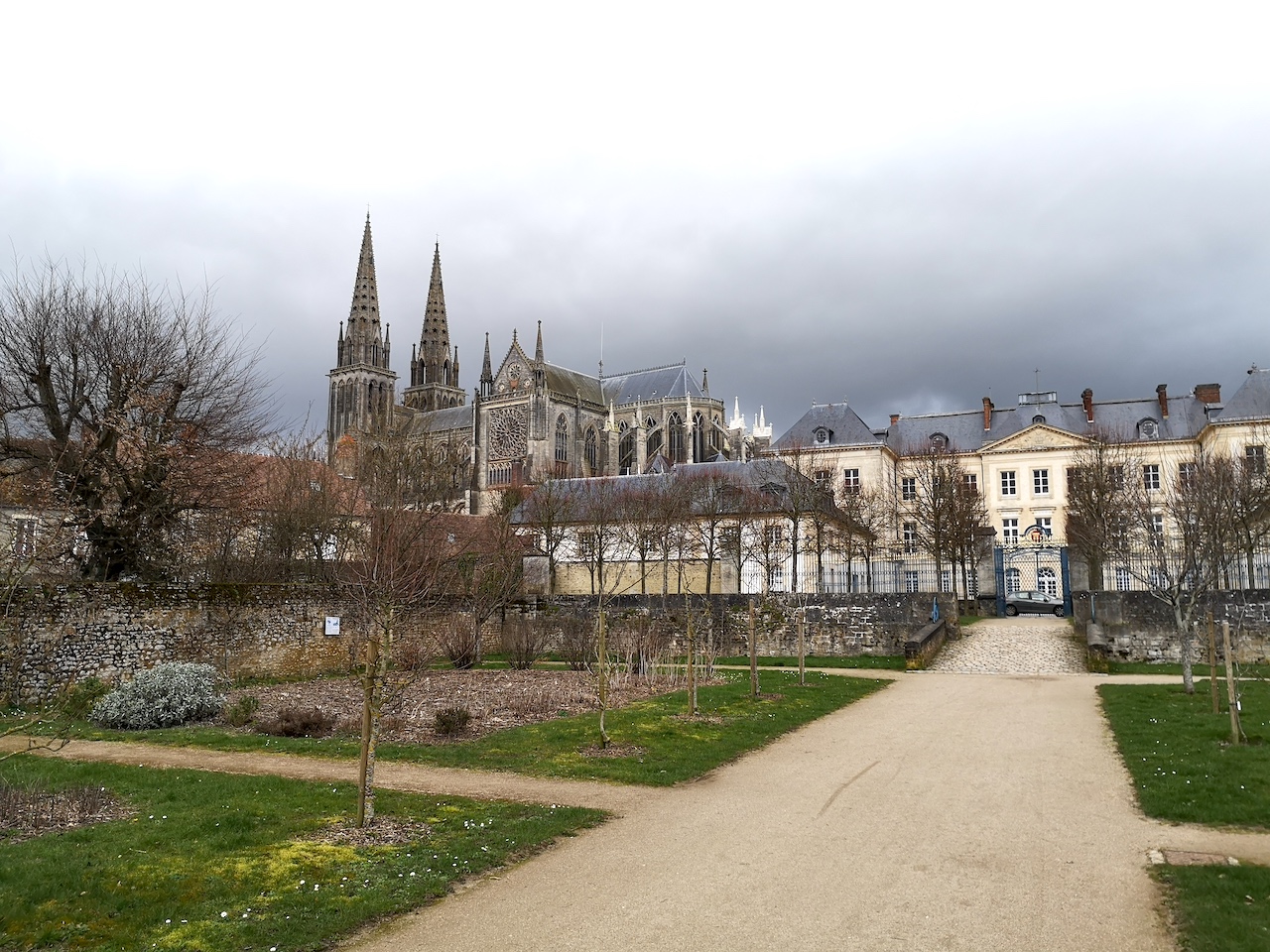
Normandie
7. Alençon to Sées
Difficult
7h30
30,6km
+475m
-425m
Step
Embed this item to access it offline
This day can be summed up as a progressive ascent over about fifteen kilometres followed by a gentle descent towards the town of Sées.
8 points of interest
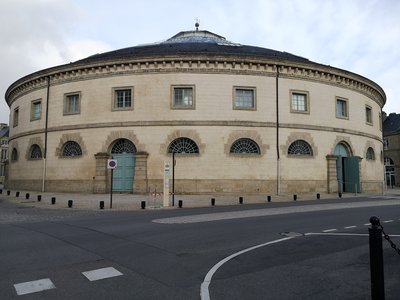
Halle au Blé d'Alençon - Amis saint Colomban HistoricalHalle au blé in Alençon
Intended for the grain trade, the Halle au Blé (1801) is an original monument entirely circular and overhung by a glass dome, inspired by the Grand Palais in Paris. Today, it hosts exhibitions and trade fairs, as well as the Alençon cyber-centre, the Cité des métiers and the Basse-Normandie interchange dedicated to new technologies.
Cour Carrée-Musée de la Dentelle d’Alençon - Amis saint Colomban TouristAlençon Museum of Beaux-Arts and Lacemaking
The Museum of Fine Arts and Lace is located in the heart of the town of Alençon. It welcomes you in a prestigious setting in the Cour Carrée de la Dentelle, the former Jesuit college of the city. The permanent exhibition presents three distinct collections.
You can discover the lace at the Point d'Alençon, whose exceptional know-how has been inscribed since 2010 on the Representative List of the Intangible Cultural Heritage of Humanity by UNESCO. This needle lace, unique in the world, is made entirely by hand with white cotton thread.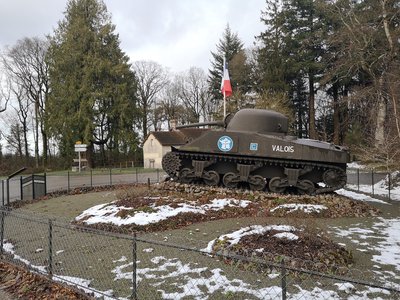
Char Valois en mémoire des combats de 1944 - Amis saint Colomban PanoramicThe Forest of Écrouves
Within the Normandy-Maine Regional Park, this magnificent forest covers an area of about 15,000 hectares, in a varied and rugged area. With its 417 m of altitude, it is there that the highest point of Normandy is located: the Signal d'Ecouves. The variety of species, the presence of deer, hinds and roe deer are as many discoveries, perhaps, during this stage.
Memorial of the Leclerc Division at the crossroads of the Croix Médavy: the advance of the 5th Armoured Division on the main road forced the German armoured tanks to reveal themselves; they were destroyed, the Orne was liberated.
Vestige de l'Église Saint-Pierre à Sées - Amis saint Colomban TouristRemains of Saint Peter's church in Sées
The remains of St. Peter's Church are located on a castle hill dating back to the 11th century. The structure consists of a mound of earth nearly 10 metres high and 40 metres in diameter. This castral complex was the symbol of the seigneurial authority, but also a strategic observation post for the defence of the village. The feudal mound had its own place of worship with the church of Saint Peter.
The bell tower, a square tower with twin windows, is still visible in the religious building, while a pillar and three Gothic arches can still be seen in the nave.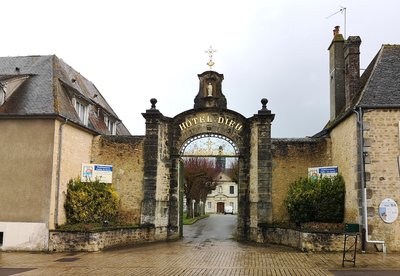
L’entrée de l’Hôtel Dieu à Sées - Amis saint Colomban HistoricalHôtel Dieu in Sées
The Hôtel-Dieu de Sées was founded in 1209 to welcome the sick, the old and the destitute.
The operation is ensured thanks to the income from the cultivated land then offered as an endowment.
Most of the current buildings date from the 18th century. The chapel contains remarkable paintings by Nicolas-Jacques Conté (18th century).
Entrée de l’abbaye Saint-Martin à Sées. (17e et 18e siècles) ne se visite pas. - Amis saint Colomban TouristSaint-Martin de Sées Abbey
The abbey of Saint-Martin de Sées (Séez), SANCTUS MARTINUS SAGIENSIS, of the order of Saint-Benoît, was built in 1050 at the time of Saint Evroult in a suburb of the city, between the Orne river and the church of Notre-Dame de la Place.
Saint-Martin de Sées Abbey has known periods of great influence, from the European fame of its scriptorium at the time of William the Conqueror until after the Revolution the installation of the Richard-Lenoir factory. The factory employed more than 500 workers but went bankrupt in 1834. The diocese bought the buildings to set up a minor seminary until the law of 1905, known as the law of separation of the churches and the State, the buildings were used as a hospital and then as a sanatorium to be closed and put up for sale in 2014.
The abbey is a private estate and cannot be visited.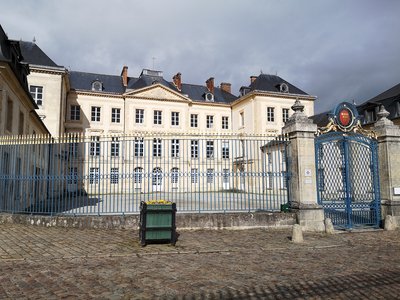
Entrée du Palais d'Argentré à Sées - Amis saint Colomban HistoricalArgentré Palace in Sées
Former bishopric also known as the Palais de l'Argentré was built in 1778 by the architect Joseph Brousseau on behalf of Jean-Baptiste du Plessis d'Argentré, bishop of Sées. It was occupied by the seminary from 1921 to 1940. Since the beginning of the 2018 academic year, it has housed a boarding school for young girls, the Institution Sainte-Anne.
To visit the gardens of the Palais d'Argentré.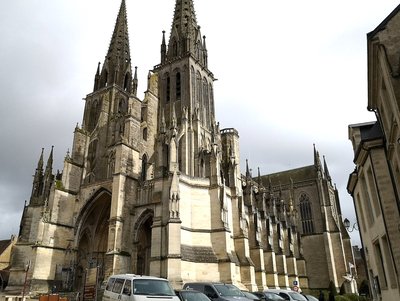
Cathédrale Notre-Dame de Sées - Amis saint Colomban TouristNotre-Dame de Sées Cathedral
The history of the cathedral of Sées begins in the 5th century, when Saint Latuin, evangelizer and first bishop of Sées built a Christian building on the ruins of a Roman temple. Mostly made of wood, the building was damaged by lightning and then burnt down by the Normans in 878. Hastily restored, the building lasted a little less than a century. Between 986 and 1006, Bishop Azon had a third cathedral built. But it accidentally burns down in 1048.
Most of the present cathedral was built from 1210 onwards, but the lack of funds meant that the foundations had to be neglected. The choir, the chapels and the transept were begun in the third quarter of the 13th century and completed in the early 14th century, as attested by the epitaph in the choir of the cathedral, which presents Jean de Bernières (1278-1293) as the builder of the cathedral. It was consecrated on 27 September 1310 by Bishop Philippe Le Boulanger (1294-1315).
In the cathedral you can admire a marble sculpture: Le Beau Dieu de Bernin (17th century).
More information Wikipedia
Description
From Place de la Madeleine take rue du bercail opposite the entrance to the Basilica of Notre-Dame, turn left on rue du Cygne, left along the Halle au Blé on rue des Filles Notre-Dame, second street on the right on rue du Collège, left on rue Marcel Palmier, straight ahead on Place du Commandant Daniel Desmeulles, rue de Lancrel.
- At 103 rue de Lancrel turn right rue de Métée and immediately left rue étroite La Perrière. From this crossroads follow the red and white signs. Cross the D 112 Sentier du Milieu straight ahead, keeping to your right, turn right at the junction rue Principale, cross the railway, D 562 rue Principale, go over the N 12.
- First road on the right, Le Champ Gallet, on the left, straight ahead at the crossroads take a dirt road in front of you, red and white markings, rue de Lonray, take an asphalt road at the crossroads straight ahead.
- Right on asphalt road, stay on main road, Maure, left Les Loges first field road on the right, left at the crossroads of 4 roads, Champ Long, cross D 1 straight ahead, right at the crossroads, left on D 26, straight ahead.
- At the crossroads with a small commemorative stele on the right hand side of the path in the wood, stay on the main path, on the right hand side at the junction with D 26, on the left hand side path, cross the forest road of the Sente d'Éssai.
- On the right at the crossroads with forest road of the Roche Mabile, at the crossroads of the Croix de Médavy, cross the D 26 take forest road on the left of Char Valmy, forest road of the Bois d'Aché, on the left at the crossroads of the Verreries, on the right crossroads of the Vieille, on the right path in the wood with red and white markings, on the left at the crossroads of the 4 paths, on the right on the forest road of the Vieille.
- After the church Saint-Jean-Baptiste, left at the calvary D 741, road on the right on the edge of the forest, bypass the quarry on the right at the crossroads with tarmac road, left do not cross the stream of the Lavanderie, right at the crossroads, after the first house on the left dirt road in the fields
- Turn right at the crossroads with tarmac road, left at the waste disposal site, at the Stop sign turn right onto D 908, left at the traffic lights D 438, rue de la Petite Madeleine, in front of the station turn right rue Édouard Paysant, right and left rue du Docteur Hommey, rue Billy you arrive in front of the cathedral of Sées.
- Departure : Notre-Dame Basilica, 53 Grande Rue, 61 000 Alençon
- Arrival : Cathedral Notre-Dame de Sées, place du Général de Gaulle, 61 500 Sées
- Towns crossed : Normandie
Altimetric profile
Transport
Report a problem or an error
If you have found an error on this page or if you have noticed any problems during your hike, please report them to us here:









